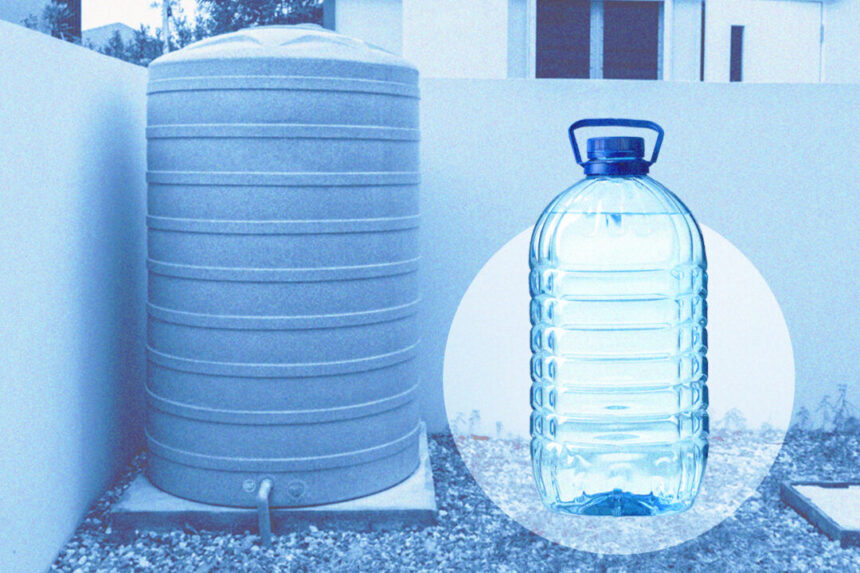In any emergency, water is your most essential resource, as humans can only survive three days without it. While many of us take water for granted, a sudden disaster could leave us without access to clean drinking water. Planning ahead and knowing how much water you need to store is crucial for survival.
One gallon of water weighs about 8 pounds, so consider where and how you will store your water to ensure it is easily accessible and safe. It is recommended to store two weeks’ worth of water if possible, especially for those in hot climates or with specific health conditions. Avoid dehydrating drinks like caffeine and alcohol, and remember to account for water needs for pets as well.
Different types of water storage containers are available, depending on your budget and space. From buried cisterns to large containers and even canning water like food, there are various options to ensure you have enough water for emergencies. It’s essential to clean and sanitize your water storage containers before filling them with drinking water to prevent any contamination.
In the event that you need to find a new water source, purification is crucial to ensure the water is safe to drink. Purification is a more thorough process than filtration and involves removing impurities from the water to make it safe for consumption. Planning and preparing for water storage and purification can help ensure your family’s well-being in unexpected emergencies. However, these methods do not eliminate harmful chemicals and microorganisms.
Purification can be achieved through various methods such as boiling, disinfecting, or using bleach or iodine.
Gravity-Fed Water Filter
Stewart recommends having a gravity-fed water filter, which does not require power or water pressure. Two recommended tabletop models are the Big Berkey and the ProOne, both of which effectively filter out a wide range of contaminants. These filters are ideal for purifying stored water in containers or from natural sources like ponds, rivers, or rainwater.
Boiling
Boiling water is one of the safest ways to purify it. Bring water to a full, rolling boil for at least one minute (three minutes at elevations above 6,500 feet) before consuming.
Using Bleach
Household bleach can also be used to purify water, with different concentrations requiring specific ratios for effectiveness. After adding bleach to water, let it stand for at least 30 minutes before consuming, and store it in clean, labeled containers.
Sourcing Fresh Water
In addition to purifying water from natural sources like streams or rivers, there are ways to access water within your home during emergencies. Options include using water from your water heater, pipes, canned foods, bottled water, toilet tanks, and even swimming pools (for non-drinking purposes).
Outdoor Water Sources
If relying on outdoor water sources like lakes, ponds, rivers, or rainwater, it’s crucial to purify the water before using it for drinking, cooking, or hygiene. Quickly moving water sources like springs and rivers are recommended over stagnant sources like ponds or lakes.
Final Thoughts
Water is a critical resource, and having a supply of clean water stored for emergencies is essential. Whether facing wildfires, earthquakes, floods, or hurricanes, being prepared with a sufficient water supply and purification methods can make a significant difference in your safety and well-being during a crisis. Can you please rephrase this?
Source link





